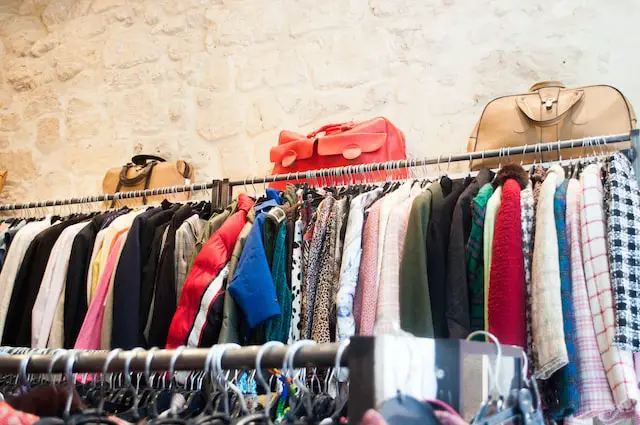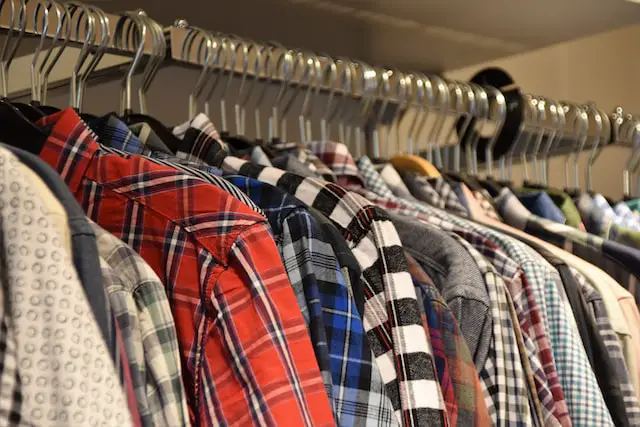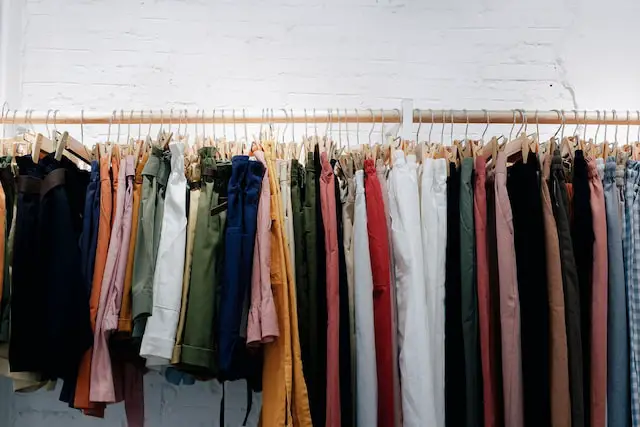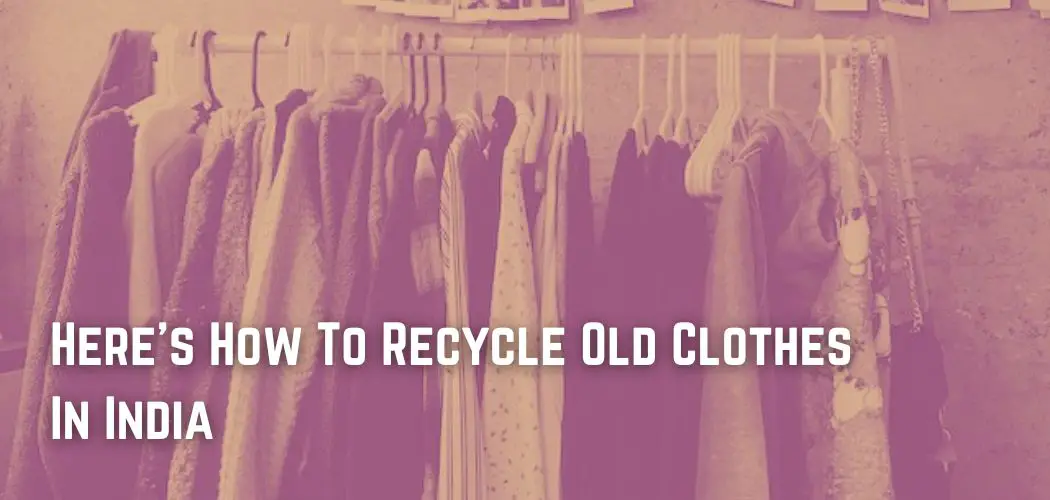Before we even consider throwing old clothing in the trash, we must remind ourselves that our sole purpose should be to prevent adding to this enormous waste.
Natural fibers like cotton, silk, and jute can be composted, but most clothing is made of synthetic materials and isn’t biodegradable.
Here is the starting point: how to first sort, reuse, recycle, upcycle, and decrease landfill traffic by every means possible.
Statistics on textile waste management in the United States show that 100 pounds of old clothes are thrown away every year.
Over 17 million metric tons of textile waste were generated, with 11,2 million metric tons ending up in landfills; the majority of this garbage is discarded clothing.
Despite the fact that 95% of worn textiles can be recycled, 85% end up in landfills. We must take note of this. Perhaps variable proportions of nations experience this.
Beyond the dark underbelly of the fast fashion business lies India’s destiny, not as a global superpower but as the greatest garbage dump in the world.
The contemporary use-and-throw mentality in India opposes what our moms, grandparents, etc. have been doing for millennia, i.e., using everything till its last breath. It is more important to repurpose objects than to prevent needless purchases.

Consider your old T-shirt transformed into a cloth used to clean surfaces or the floor. Maybe your favorite blouse used to belong to your older sibling until they grew out of it. This is common in families with more than one child.
If you’re fortunate enough to have your grandma living with you and busy in the kitchen, you’ll know that she doesn’t consider wet garbage to be trash.
Everything is reusable, whether it’s a handful of roots for her miraculous herbal medicines, an all-natural facial, or even just manure for her small garden. She ensures that at least 80% of her moist waste is used rather than discarded.
So, what would you say are the first steps to sustainable spring cleaning? The easiest approach to disposing of old clothes is to donate those that no longer fit or are deemed out of style but are in good shape. You can begin by donating to your family and friends.
NGOs & Churches
When working in an urban area, there is little time to take a breath. So, it’s okay if someone doesn’t have time to contact a local NGO to give away old clothes. Nowadays, they will gladly take usable bundles of old clothing from your doorstep.

Despite the fact that a church will not necessarily come to you, you will undoubtedly pass by one in your neighborhood. Find an approachable Christian aunt and ask her when the church will be accepting donations again.
Thus, you may be assured that your old clothing will find a new family that values it just as much.
Recycling Behaviors At The Household Level
Many Indians recycle in their daily lives, and most of these activities are seen as low standards and ways to deal with money problems.
Standard and time-honored procedures include the use of pre-owned clothing for newborns. These textiles are relatively soft, devoid of surface treatments, widely accessible, and inexpensive.
Additionally, soft cotton clothing and sarees are ideal alternatives to sanitary napkins. If used properly, they are commonly seen as more affordable and sanitary. The majority of families use old clothing to dust and clean.

The fabric remnants are often used as stuffing for stuffed toys, pillows, and beds. Silk sarees that are worn out are often turned into pillow covers and other items for the home.
In India and many other countries, valuable traditional textiles are often passed down from one generation to the next as mementos and keepsakes.
There is a group of designers and non-governmental organizations that make new things out of old, valuable sarees.
How Are They Recycled?
While the West has known about this for decades and has been sending used clothing to Asia’s greatest textile recycling hub, our country has only just become aware of it.
Most businesses in this city process about 75,000 kilograms (kg) of used clothing every day. Clothes are shredded to remove fiber, therefore reclaiming them as raw material. The raw material is subsequently reused suitably.
If you look hard enough, you may find an abundance of possibilities. It won’t be simple at first, but once you get the hang of it, you’ll have an entirely new wardrobe at a fraction of the price.
However, protecting the earth is the true benefit here. We’re taking baby steps, but we’ll get there.
They Can Be Sold
You can make a quick buck (and save the environment) by selling your gently worn clothes at brick-and-mortar thrift stores or the top online marketplaces for clothing and used items. Some of your favorite merchants will also compensate you for unwanted products.
Patagonia’s Worn Wear programme accepts lightly worn Patagonia merchandise in exchange for store credit, while DSW will accept your old shoes in exchange for points toward your next purchase.

Bring a bag of discarded items to H&M and receive 15 percent off your next purchase.
Many of these groups resell items that are still in good shape and turn the rest into new things, like insulation for homes in low-income areas. You may find a few items to sell in your coat closet, especially after organizing and clearing it.
Conclusion
Contrary to popular belief, clothing and other fabrics make excellent composting material! Look for things made of pure wool, cotton, silk, or linen that are too worn or damaged to donate, and cut them into little pieces to accelerate the composting process.
Before you put things like motor oil and paint in your compost pile, you should take off any plastic buttons, metal zippers, and stains. You may also check with your municipality to see whether they compost garments.
Zero-waste and its ideas come from the time when traditional Asian clothes like Japanese kimonos and Indian sarees were made from a single bolt of fabric.
This method produced no trash. Historically, all textiles were regarded as important in Indian culture. This implied that textiles should not be discarded.
Raw materials were made on a much smaller scale, and many of the steps in making textiles were done by hand, which helped make the best use of textiles. Then, a tipping point occurred: the industrial revolution.





